FESTO Heating, Cooling & Ventilation (HVAC)

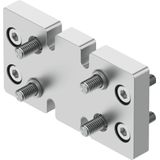



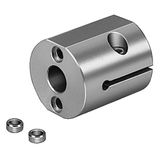

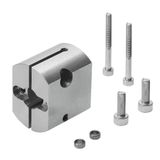


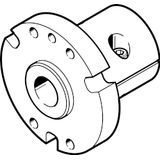
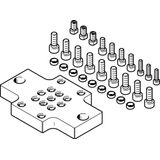




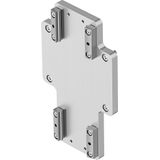
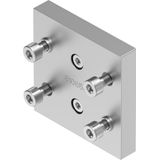
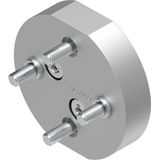
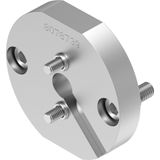

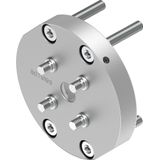
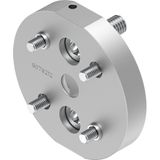

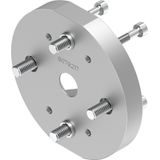
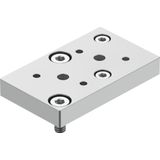
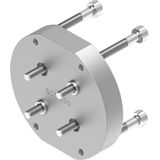
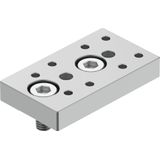
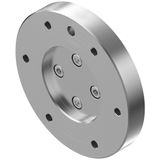

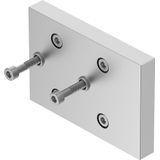
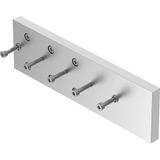
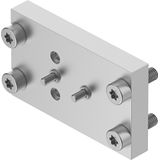

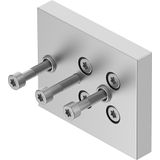

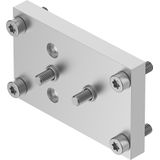
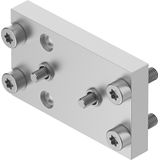

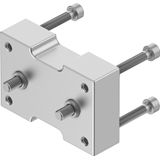
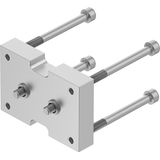
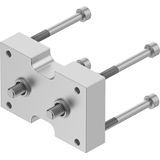
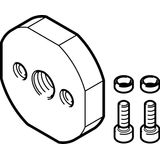
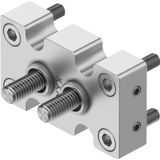
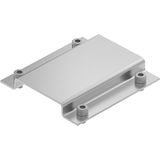
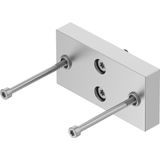
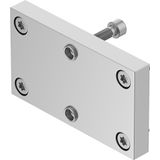


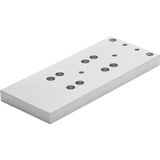

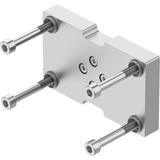
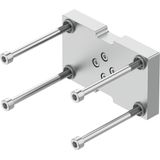
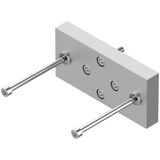

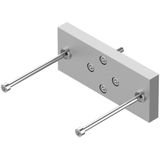
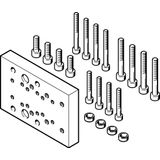
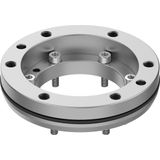


Festo Ventilators, Pumps and Gate Operators – Festo Ventilation Systems and Festo Pump Accessories
When you’re specifying industrial equipment for process plants, infrastructure or heavy automation, the category Festo ventilators, pumps and gate operators pulls together what most people overlook — the flow-handling hardware and access systems that keep the big machines running. You may think “we’ll do that later,” but trust me: if the pump feed, ventilation airflow or gate automation fails, everything stops. These aren’t bells and whistles — they’re the guts.
Technical Characteristics of Festo Pumps, Ventilators and Gate Operator Systems
- Operating-range: pumps built for handling fluids in feeding or waste systems, ventilators rated for air volumes in ventilation loops, gate operators engineered for mechanical access systems.
- Drive types: electric or pneumatic motor drives, servo or geared systems; ventilators may include axial or centrifugal fans, pumps centrifugal or positive displacement depending on duty.
- Mounting & interface: modular mounting plates, standard flanges for pumps, mounting brackets for ventilators; gate operators often include gear units and actuators matched to gate mass.
- Control and feedback: automation-ready hardware with sensors, limit switches, stroke feedback for gate open/close; pump and ventilator systems often integrate with control logic for flow/pressure monitoring.
- Environmental build: stainless or coated steel for wet/corrosive zones, IP-rated enclosures, vibration isolation, thermal management accommodating high stray loads.
- System integration: designed for use within larger automation platforms (valves, actuators, sensors) so the support gear is consistent in the same supplier family.
From experience on‐site: a pump feed line that wasn’t spec’d with proper drive or mounting bracket will leak or shift. With ventilator or gate operator systems, the strength of the mounting, precision of the actuator and availability of diagnostics remote make the difference between three weeks downtime and one afternoon maintenance.
Practical Field Applications of Festo Ventilation, Pump and Gate Automation Devices
In a wastewater treatment upgrade we installed a pump feed station. The team used the Festo pump accessories and gate operator modules to automate the knife-gate valves and feed pumps — result: fewer manual interventions, fewer water-hammer incidents and clear flow monitoring. A factory refurb used Festo ventilation systems throughout machine halls: axial fans with controllers, mounted on vibration dampers, tied into the building HVAC logic. Installers appreciated that the drive units and controls were pre-matched to the rest of the automation. On a logistics site we mounted Festo gate operator systems on loading dock gates — heavy duty gear, high cycle duty, field-service friendly. The difference: no one had to open the panel to troubleshoot clutch settings after three months. The real world reward: less unscheduled service, fewer surprises, more uptime.
Procurement Insights for Festo Pump Accessories, Ventilators and Gate Operator Systems
For procurement and project planning, this category has a few distinct challenges:
- Model variant clarity: pumps for fluids vs ventilator fans vs gate actuators — choose standardised families where possible to reduce SKUs.
- Duty and environment match: wet area? Choose stainless or special coating. High cycle duty gate? Choose actuator rated accordingly.
- Packaging and logistics: heavy units need proper crates, shipping readiness; large fans or gate operator gear often need palletised delivery and site crane lift.
- Lead-time awareness: large flow systems or custom gate operator assemblies may be built-to-order — you want predictable dispatch times, not “6–8 weeks”.
- Spare-stock strategy: pumps and gates may see many years of service; ensure the supplier maintains spare parts under the same family so you can service in situ without replacing full units.
In practice, component delays in these zones have held up entire line installations. So standardising on one vendor-family like Festo means less risk that one gear set won’t fit the rest.
Integration and Maintenance of Festo Gate Operator, Pump and Ventilator Systems
When integrating these systems into machinery or facility infrastructure the mechanical, electrical and control elements must align. For example: gate operator systems need actuator, gearbox, interlock sensors, control board, and field wiring all laid out. If any link is odd size or truncated you spend days re-engineering. With Festo modular systems, the mounting pattern, the actuator footprint, the control interface match the rest of the automation gear you already know. Maintenance teams value that too: they can swap a pump module, realign the guide rail, set the limits and go. No “we don’t have service parts from that vendor” hold-up. Ventilation fans tied into automation panels work best when vibration isolation, drive sizing and control signals were considered at spec time — not as an afterthought
Why Bulk Buyers and Industrial Contractors Source Festo Ventilators, Pumps and Gate Operators via Bank of Lamps
At Bank of Lamps we treat these heavy-duty system components (pumps, ventilators, gate operator systems) with the same rigour as the rest of our lighting and automation supply — not as “extra bits”. From our European warehouse we support B2B clients across the UK, Germany, Netherlands, Baltics, France, Spain and Belgium with:
- Real-time inventory of Festo system gear — not just “available in 10 weeks”.
- Full delivery support for heavy crates, site-ready packaging, bulk orders.
- Single-vendor consolidation — you order pump accessories, fan drives, gate actuators and control modules in one shipment, one invoice, one logistics lane.
- Documentation kit for each order: traceability, batch numbers, parts lists, service manuals.
- Support staff who’ve specified these systems themselves and understand site constraints (crane lift, erection, commissioning) rather than just parts listing.
In the real world industrial jobs, these aren’t “nice to have” components — they’re the backbone of uptime. Having dependable stock, predictable lead times and proper support makes the difference between finishing on schedule and being held up by a missing actuator.